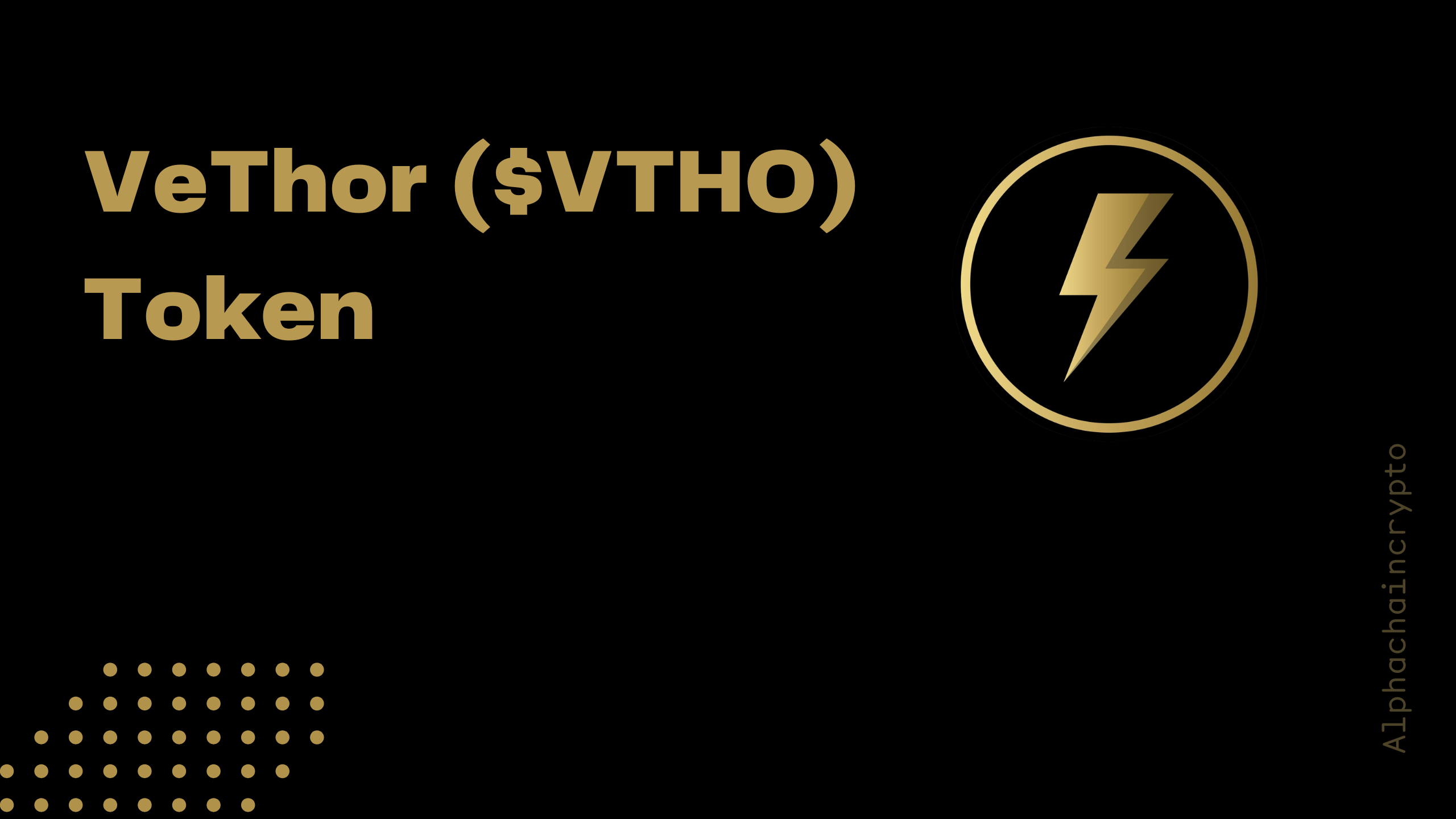The rise of cryptocurrencies has given way to crypto mining, where individuals or mining farms validate transactions and secure networks like Bitcoin. A key factor in mining is the hash rate, which determines the efficiency and profitability of mining operations. In this article, we explore what hash rates are, how they impact mining profitability, and what miners need to consider to optimize their returns.
What Is Hash Rate?
A hash rate measures the computational power required to solve mathematical puzzles that validate transactions on a blockchain network. It reflects the number of hash calculations performed per second by a miner or network. Higher hash rates indicate more computing power, which means a greater chance of successfully mining new blocks and earning rewards.
Units of Hash Rate
Hash rates are measured in the following units:
- KH/s: Kilo Hashes per second (1,000 hashes per second)
- MH/s: Mega Hashes per second (1 million hashes per second)
- GH/s: Giga Hashes per second (1 billion hashes per second)
- TH/s: Tera Hashes per second (1 trillion hashes per second)
- PH/s: Peta Hashes per second (1 quadrillion hashes per second)
Networks like Bitcoin and Ethereum require significant computational power, measured in TH/s or PH/s, to maintain security and validate transactions.
Why Is Hash Rate Important?
- Network Security
A higher hash rate means more miners are participating, making the network more secure against attacks, such as 51% attacks, where a malicious actor controls the majority of the network’s computational power. - Mining Difficulty
As the total network hash rate increases, the difficulty level of mining also rises. Blockchain protocols like Bitcoin adjust mining difficulty every two weeks to ensure blocks are mined at regular intervals, approximately every 10 minutes. - Profitability
A miner’s hash rate directly influences their ability to solve cryptographic puzzles and earn block rewards. Higher hash rates improve the chances of mining new blocks, but profitability depends on multiple factors, including electricity costs and hardware efficiency.
How Crypto Mining Works
Mining involves validating transactions and adding them to the blockchain. Miners compete to solve a cryptographic puzzle (a hash) to add a new block. The first miner to solve the puzzle gets to append the block and receives a block reward along with transaction fees from the block.
For example:
- Bitcoin’s block reward is currently 6.25 BTC and will halve approximately every four years.
- Ethereum moved from mining to Proof of Stake (PoS) in 2022, reducing the role of mining on the Ethereum network.
Factors That Impact Mining Profitability
- Hash Rate of the Mining Rig
The hash rate of a miner’s hardware determines how efficiently it can solve puzzles. Higher hash rates yield a better chance of earning rewards but also consume more electricity. - Mining Difficulty
Mining becomes harder as more miners join the network, reducing the probability of solving a block puzzle. Networks automatically adjust difficulty to ensure block times remain consistent. - Electricity Costs
Electricity is a significant operating expense for miners. Profitable mining requires cheap electricity sources to offset energy consumption, especially for large-scale mining farms. - Hardware Costs and Efficiency
High-performance mining rigs, such as ASICs (Application-Specific Integrated Circuits) for Bitcoin, offer higher hash rates but are expensive. Miners must balance hardware costs with expected earnings. - Market Price of Cryptocurrency
Mining profitability depends heavily on the price of the mined cryptocurrency. When prices rise, mining becomes more profitable; when prices fall, some miners may shut down due to unprofitable operations. - Block Rewards and Halving Events
Cryptocurrencies like Bitcoin undergo halving events every four years, reducing block rewards. This lowers mining revenue unless compensated by a rise in the coin’s market value. - Mining Pool Participation
Mining alone (solo mining) can be risky, especially on large networks like Bitcoin. Mining pools allow miners to combine their hash rates and share rewards based on their contribution, providing more consistent payouts.
Calculating Mining Profitability
Mining profitability can be estimated using online tools like mining profitability calculators. These calculators consider factors such as:
- Hash rate of the mining rig
- Electricity costs per kWh
- Mining difficulty and block rewards
- Network hash rate
- Market price of the cryptocurrency
Formula for Mining Profitability
Mining profitability (profit) can be estimated using:
Profit=(Daily Mining Rewards in Fiat−Electricity Costs per Day)−Hardware Costs\text{Profit} = (\text{Daily Mining Rewards in Fiat} – \text{Electricity Costs per Day}) – \text{Hardware Costs}Profit=(Daily Mining Rewards in Fiat−Electricity Costs per Day)−Hardware Costs
This formula provides a basic estimate but does not account for network difficulty adjustments or hardware depreciation over time.
Types of Mining Hardware
- ASIC Miners
- Used for: Bitcoin, Litecoin, and other PoW cryptocurrencies
- Pros: High hash rates and energy efficiency
- Cons: Expensive and specific to certain algorithms
- GPU Miners
- Used for: Ethereum (before its transition to PoS) and other altcoins
- Pros: Versatile and can mine multiple coins
- Cons: Less efficient than ASICs for high-demand coins
- CPU Miners
- Used for: Low-difficulty cryptocurrencies (e.g., Monero)
- Pros: Low entry cost
- Cons: Low hash rate and profitability
Hash Rate Trends and Their Impact on Profitability
- Increasing Hash Rates
As more miners join the network, the total hash rate increases, raising the mining difficulty and making it harder for individual miners to earn rewards. - Seasonal Mining and Hash Rate Fluctuations
In regions with cheaper electricity during certain seasons (like hydropower-rich areas), hash rates can spike temporarily, making mining less profitable for others during these periods. - Mining Profitability During Market Volatility
During bull markets, rising cryptocurrency prices can make mining more profitable, attracting more miners. Conversely, in bear markets, mining profitability can decline, leading to miners turning off their equipment.
Challenges in Crypto Mining Profitability
- Regulatory Risks
Some countries, like China, have banned or restricted crypto mining, forcing miners to relocate. Regulatory uncertainty can impact mining operations and profitability. - Hardware Obsolescence
Mining hardware depreciates over time as newer, more efficient equipment becomes available, reducing profitability for older rigs. - Environmental Impact
PoW mining, especially Bitcoin mining, has faced criticism for its high energy consumption. This has led to regulatory pressure and a shift toward sustainable mining practices using renewable energy sources.
Conclusion
Understanding hash rates and their impact on crypto mining profitability is essential for miners looking to optimize their operations. A higher hash rate improves the chances of earning rewards but comes with challenges, such as high electricity costs and hardware expenses. Miners must also account for factors like mining difficulty, market volatility, and regulatory changes to maintain profitability.
As the crypto industry evolves, new trends such as energy-efficient mining solutions and PoS networks are emerging, reshaping the landscape of mining. However, for those committed to PoW mining, staying ahead requires efficient hardware, access to cheap electricity, and participation in mining pools to ensure sustainable operations.

A.k.a – alpha girl. Vinita is the founder of Alphachaincrypto. An English Lit Majors, Vinita bumped into Web3 in 2020 only to realise that tech was her calling. Later, Mathreja worked for some notable brands like Near Education, Biconomy, CoinDCX and top of the line crypto start ups.





